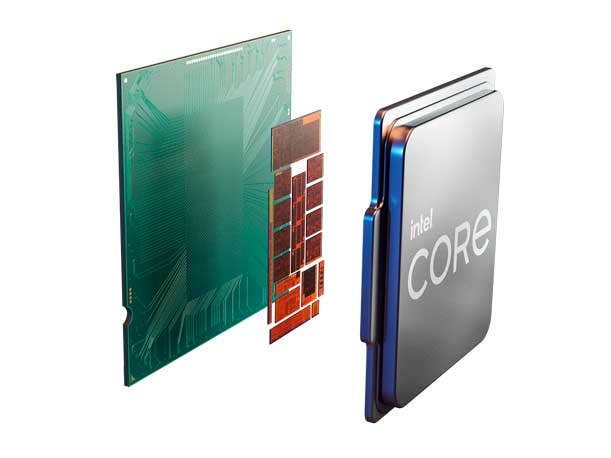Intel Axes 11th-Gen Core Desktop Chips, Last Line Of 14nm CPUs
The semiconductor giant introduced the 14-nanometer Rocket Lake desktop processors in early 2021 to fill a gap in its road map left by a multiyear delay of its 10nm process. Rocket Lake was the last CPU family to use Intel’s old 14nm process, which had been used for several generations of products since its introduction in 2014.

Intel plans to stop producing its 11th-generation Core family of desktop processors, marking an end to the last CPUs to use the chipmaker’s old 14-nanometer manufacturing process.
The Santa Clara, Calif.-based company issued the discontinuation notice Tuesday, saying partners will have until Aug. 25 to order boxed and tray versions of the CPUs, which were known under the code name Rocket Lake-S. Final shipments will go out by Feb. 23, 2024.
[Related: Intel’s Earnings ‘Collapse’ And Its Comeback Plan: 7 Things To Know]
Intel also plans to end production for its Xeon W-1300 workstation CPUs, which share the same underlying Rocket Lake architecture as well as the final order and shipment dates.
The discontinuation notice named a total of 26 processors consisting of i9, i7, i5 and Xeon W models between boxed and tray versions. These chips include the flagship Intel Core i9-11900K, which sported eight cores and a 5.3GHz turbo frequency, as well as the Intel Xeon W-1390P, which had the same basic specs plus workstation-oriented features.
Rocket Lake Was Introduced In 2021
The semiconductor giant introduced the Rocket Lake processors in early 2021 to fill a gap in its road map left by a multiyear delay of Intel’s 10nm process. The process didn’t enter mass production until 2019 and wasn’t used for all of Intel’s main CPU product lines until 2021, several years after the original 2015 timeline the company had promised to deliver chips on that node.
While Intel began mass-producing 10nm Core CPUs alongside 14nm chips for laptops as part of a dual process strategy in 2019, it said at the time of Rocket Lake’s launch that 14nm “was the most established manufacturing process” it had to deliver the fastest possible frequencies for desktop PCs. The company’s 14nm process has been used in several generations of products since its debut in 2014.
The Rocket Lake processors used a new core microarchitecture, called Cypress Cove, which took the Sunny Cove microarchitecture from Intel’s 10nm Ice Lake laptop CPUs in 2019 and backported it to the 14nm process. Intel said this approach limited it to fitting eight cores on the processor’s die, down from the 10 core count maximum of the 10th-gen Core desktop CPUs.
Rocket Lake also used a 14nm version of the integrated Xe graphics from Intel’s 11th-generation Core laptop CPUs, which launched in late 2020 on the company’s 10nm SuperFIN process.
At launch, Intel touted that Rocket Lake processors had up to a 19 percent increase in instructions per clock, up to 50 percent better integrated graphics performance as well as new AI capabilities with the introduction of Intel Deep Learning Boost and support for Vector Neural Network Instructions.
Two Product Lines Have Since Launched
Several months after Rocket Lake’s launch in 2021, Intel introduced its 12th-gen Core desktop processors, which use the company’s 10nm SuperFIN process and brought the maximum core count to 16 cores between performance cores and efficiency cores. The company has since rebranded its 10nm SuperFIN process as Intel 7, which is also used for Intel’s new Sapphire Rapids server chips. Intel launched its latest desktop product line, the 13th-gen Core family, in late 2022.
Wallace Santos, CEO of Maingear, a Warren, N.J.-based PC system builder, said while Rocket Lake wasn’t originally part of Intel’s plans, the company deserves credit for finding ways to deliver improvements to products despite its manufacturing missteps.
“I think based on the position they found themselves in, it was the right move at the time to keep relevancy and to keep their partners busy,” he told CRN.